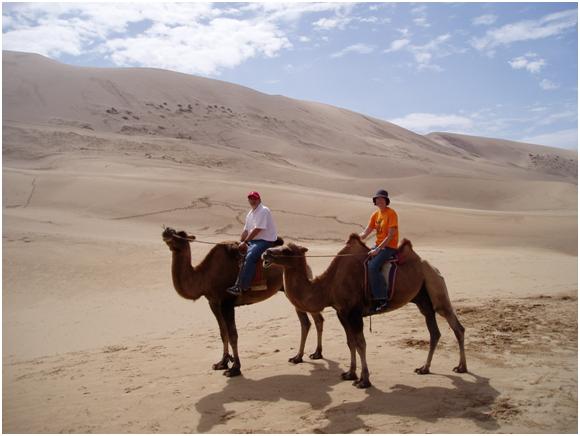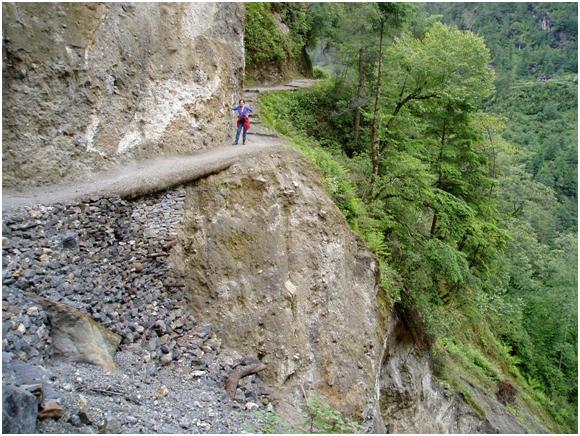Fulbright, 21st Century Style
In my earlier series on Fulbright Grants, a scholarly exchange program administered by the U.S. State Department, I described it as the largest source of overseas postings in the world. Each year, Fulbright sends more than a thousand academics to every corner of the globe to teach, do research, and consult with businesses, governments, schools, and social service agencies. The purpose of these articles was to convince you to apply for a Fulbright to refresh your career, enrich your life, and give your spouse and children a life-changing cultural experience.
However, I realize that the commitment you must make to accept a Fulbright is beyond the reach of many. For example, long-term scholar grants are for a minimum of four months–one academic semester–while most are for an even longer period, up to one calendar year. For senior faculty with commitments to funding agencies, research groups, postdocs, and graduate students, it can be virtually impossible to free up that large a block of time. Furthermore, many administrators are loath to see their best staff leave campus for such an extended period of time. For some faculty, it may not be the school ties that bind, but personal responsibilities to friends, parents, grown children, and/or a working spouse.
A few years back Fulbright addressed the problem of finding high-quality candidates for long-term grants by creating a new program that is potentially a better fit with the complex lives of 21st century American families. This new program, called the Fulbright Senior Specialist grant, sends U.S. academics overseas for 2 to 6 weeks, a time period that can usually be accommodated by even the busiest professional. In addition, instead of filling out a long, complex application form and soliciting a number of references, a Senior Specialist grant only asks the applicant to submit a resume that is vetted by staff at the State Department. If accepted, their name is put on a list called the Senior Specialist Roster, which is made available to skilled professionals at overseas institutions. It is these international professionals who scan the roster and choose who to invite for a visit rather than the other way around. If they do extend an invitation, you discuss with them a mutually acceptable arrival date and the work you will be expected to perform. Based on these discussions you are free to accept or reject their offer without any effect on future invitations. It is a far more flexible process than the rigid (and potentially family-unfriendly) format of the Scholar grant.

Ruth and I On a Camel Safari in the Gobi Desert, Mongolia
You can read about the reasoning behind the creation of this new Senior Specialist program in an article in the Chronicle of Higher Education entitled “Fulbright Tries Out Short-Term Fellowships.” Information about the program as well as the application for placing your name on the Senior Specialist roster can be found on-line at http://www.cies.org/specialists/.
I myself have had two six-week Senior Specialist grants–one to Kathmandu University in Nepal and the other at Genghis Khan University in Ulan Bator, Mongolia. My wife and I agree that they were some of the most rewarding and exciting experiences of our lives. And while a six-week stay may not offer quite the same level of cultural immersion as a six- or twelve-month program, it is certainly long enough to provide you and your family with a truly amazing cultural adventure.

Hiking the Everest Trail During our Fulbright Specialist Grant in Nepal
Dr. G. Michael Schneider is the Academic Travel Editor for Wandering Educators. You can read more of his work at http://otherguysdime.wordpress.com/, and learn more about his new book, entitled On the Other Guy's Dime: A Professional's Guide to Traveling without Paying.
All photos courtesy and copyright Dr. G. Michael Schneider



















